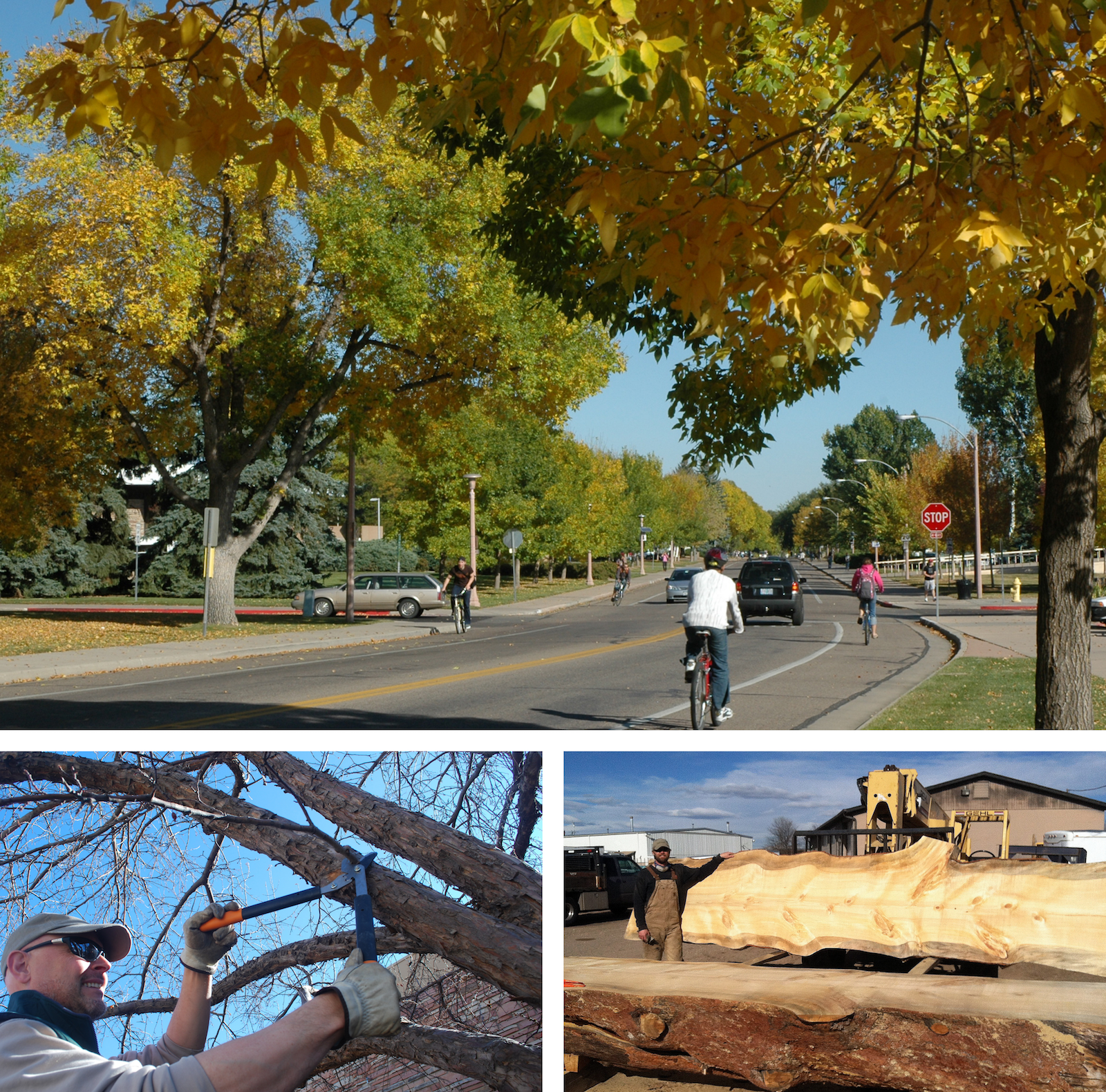By Keith Wood
Friday (April 30th) is National Arbor Day! Last year’s Arbor Day celebrations (and just about everything else) looked different than normal because of COVID-19. To the state and local urban and community forestry programs that found creative ways to celebrate last year: we commend you! 2020 helped us all realize how important access to local green spaces and urban forests is, and for many of us, reenforced the importance of conserving and managing these resources in equitable ways.
This spring, I hope you plant trees. And lots of them. But even more than that, I hope you consider how best to establish those trees and care for them throughout their lifetimes.
The founder of Arbor Day, J. Sterling Morton, said that “Other holidays repose on the past. Arbor Day proposes on the future.” Tree planting has always made for a great headline on Arbor Day. People count how many trees they can plant in a day, corporations host press at their tree planting events, communities check off an element of their Tree City USA to-do lists, and tree planters all over the country grin through the pains of digging an adequate hole to get that tree in the ground.
But then what happens? Are the trees properly maintained? Who is responsible for follow-up care like watering, mulching, pruning, and pest treatment? Was the tree planted in the right place for the right reasons? Is it even the right species for the site? The answers to these questions determine how—and if—trees planted on Arbor Day “propose a future.” The trees we plant today will most likely outlive us—and maybe outlive future generations—but only if we care for them.
Healthy trees clean our air and water, increase property values, mitigate heat, and sequester carbon; they also take care of us economically, socially, and psychologically. Keeping trees healthy in cities and towns, within the wildland-urban interface, and on public lands takes planning and thoughtful management. That’s where federal, state, and local forestry organizations can help.

There are several pieces of federal legislation that have been developed, introduced, or reintroduced to aid tree planting across land ownerships and jurisdictions. Many focus on “doing tree planting right” and in concert with professional foresters and natural resource managers. Some examples are the Trillion Trees Act/Urban Forests Act of 2021, the REPLANT Act, the Climate Stewardship Act, TREE Act, and TREES Act.
Tree planting legislation that “proposes on the future” supports:
1) Planning, selecting, planting, and establishing trees in the right places while minimizing the maintenance costs to ensure proper, long-term care. (We have BMPs for arboriculture and forestry, let the professionals use them!)
2) New competitive paying jobs in arboriculture and natural resources professions.
3) Incorporating green infrastructure strategies and forest management into all levels of planning for and managing municipal tree canopies. Diverse, historically underrepresented stakeholders must also be involved in these activities.
4) Managing rural and urban forests to ensure their benefits long term.
5) The urban forest products industry. Wood from urban trees sequesters carbon and can be made into products that live on for generations.
This Arbor Day, let’s be proud of our tree planting efforts, but even prouder of how we ensure a future for newly planted trees.
Want to learn more about urban and community forests? Get involved with the NASF Urban and Community Forestry Committee by reaching out to staff member Keith Wood.

